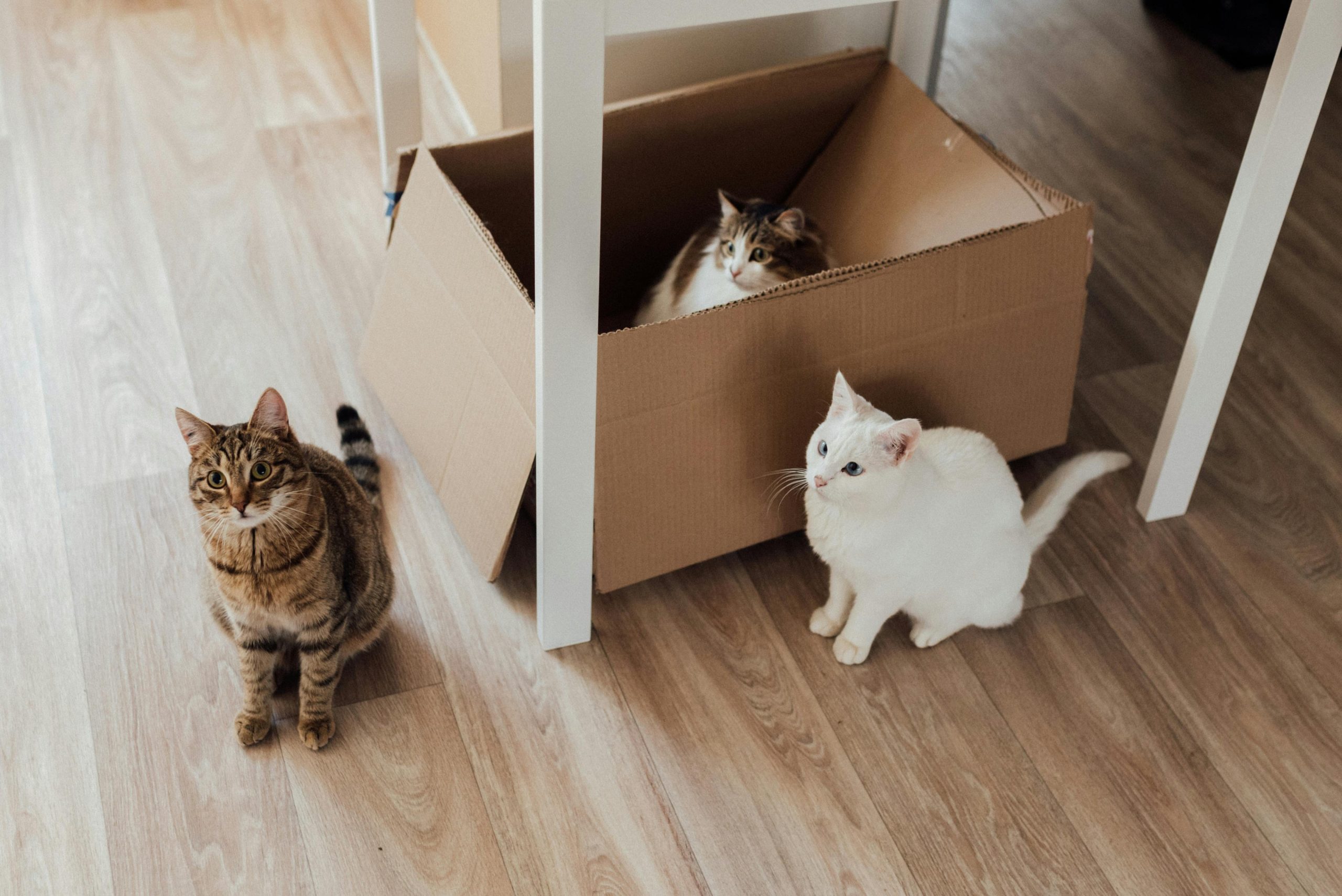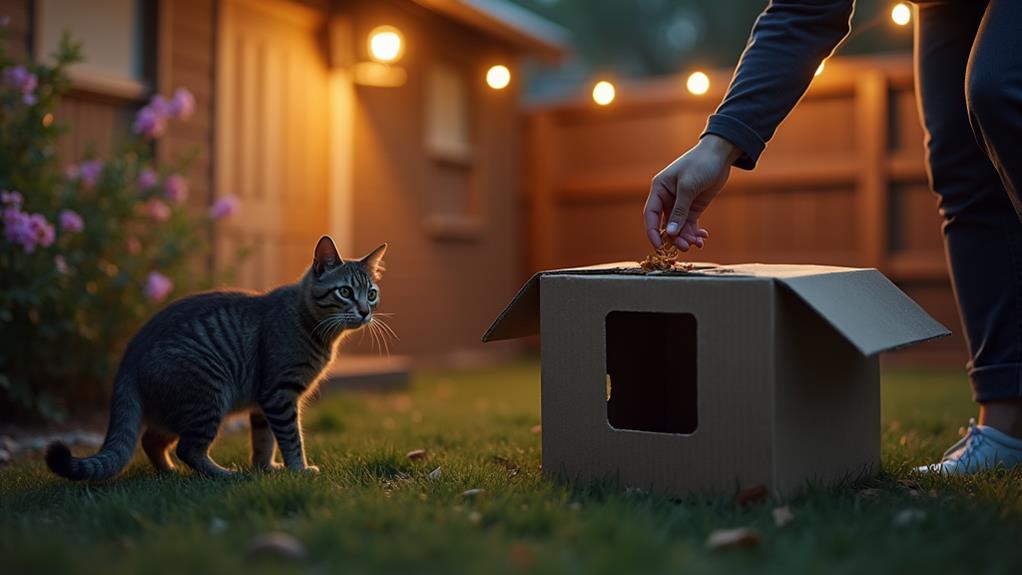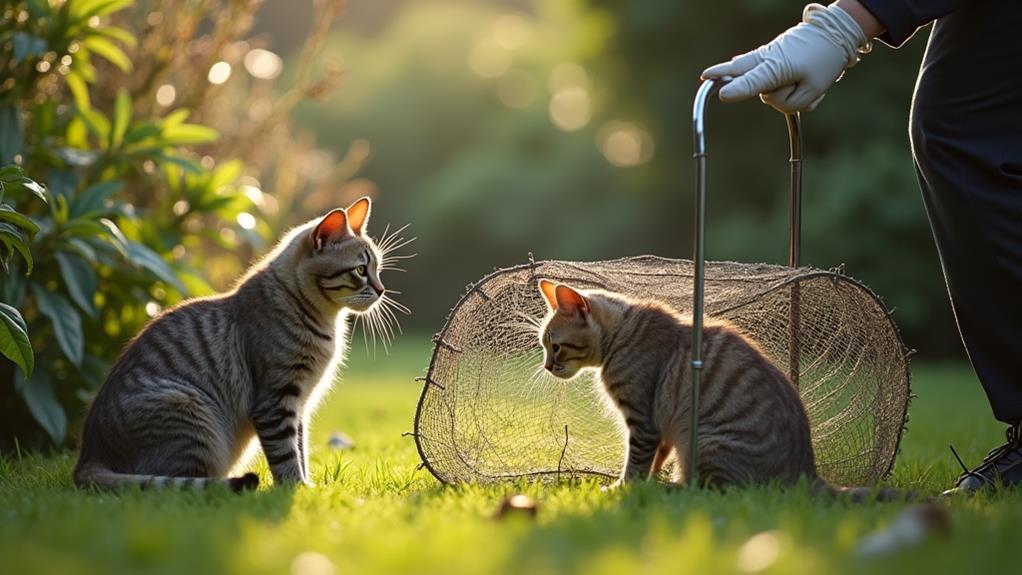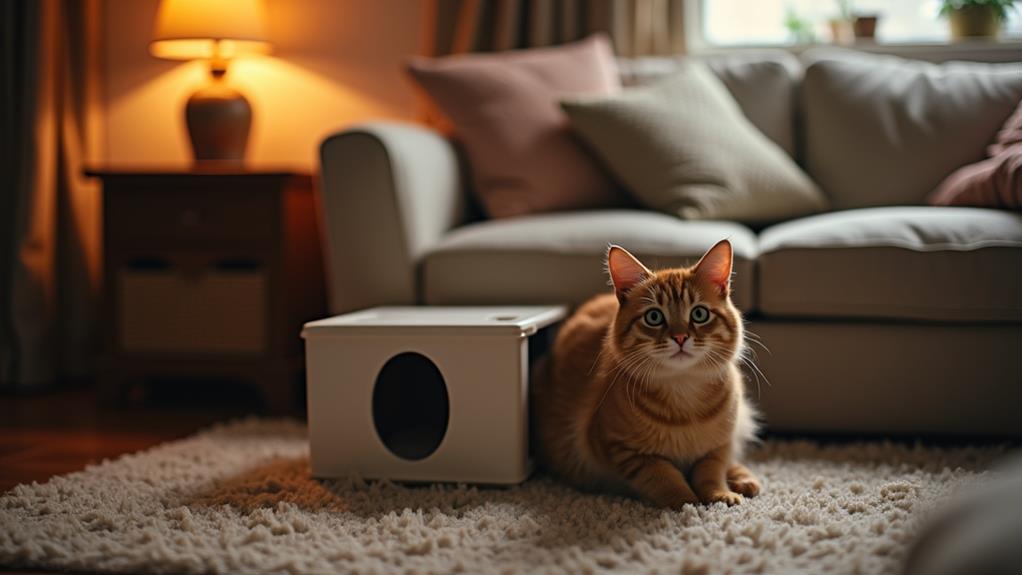How to Move House with Your Cat

Your pets get used to their surroundings, especially felines, and any change in their environment can be hard and scary for them.
Cats are creatures of habit, and moving them out of their environment can disrupt their routine, lead to anxiety, and cause changes in their behaviour.
However, if you take some precautions, you can easily move with your cat. This guide will ensure a smooth and comfortable transition for both you and your cat.
Preparing Your Cat for the Move
It's essential to start prepping your pets for the approaching change before moving day. Cats thrive on routine, and introducing small changes early on can help them adapt over a longer period. Make your cat’s carrier a part of their daily life before the move.
Cats associate carriers with stressful situations like trips to the vet. To get your pet acclimated to its carrier, start by making it more comfortable for them. Leave it out for your cat to take a cosy nap in it before the move. This will help them feel more comfortable with it.
Another way you can make the carrier more comfortable for your pet is by leaving its favourite toys in it. This way, they won’t feel like they are in a trap on a moving day but more like cosy and familiar surroundings.
When packing, avoid any quick or stressful moves. Pack slowly, as felines can get easily stressed when their environment changes too quickly. Start dividing your items by order of importance and pack them one day at a time rather than all at once. Let them explore the empty boxes for about a week.
This process will help your cat adapt to the sight of boxes and the prevailing sense that something is changing without overwhelming them. Finally, make a safe space for your cat in your home where they can feel secure in the days leading up to the move.
Working with House Movers
Professional house movers can make your move more efficient. However, their presence can be unsettling for your cat. The loud noises and strange new people around the house can overstimulate and frighten your pet.
There is also a chance that your cat can run away while the movers are at work.
Here are some ways that can help you prevent this.
Keep your cat in a quiet room away from the movers. This way, it can be away from the noise and action of the movers and help them feel calmer. Leave the cat with all the necessities like food, water and a litter box to make it feel more calm.
You can also leave its favourite toys and its belongings like its bed or a blanket they love. This will help the cat be more calm and less stressed.
Let your house movers know in advance that this room is off-limits because your cat is inside. You can even hang a sign on the door as a reminder.
When you move into your home, introduce your cat to its new home. Let them explore the place at their comfort level. Some cats can be very eager to explore the house, while others may hide until they feel more comfortable.
If you think your cat is going to find the chaos of moving too much to bear. Leave them in a pet hotel or ask a friend to look after them for the day. They can return to a calmer and more settled home once the move is complete.
Maintaining Routine During a Move
Cats thrive on routine. When everything around them is in flux, sticking to their daily schedule can help ease their anxiety. Try to keep feeding times, evening playtime, and morning snuggles as consistent as possible during the moving process.
Taking a few moments to play with your cat even when the movers are busy packing and moving furniture can offer them some much-needed comfort.
When you get to your new home, immediately establish a routine for your cat. Place food, water, and the litter box in a quiet area. Ideally, have this ready before they arrive so they have a familiar space waiting for them.
Stick to your usual feeding schedule and shower them with affection. This way, even in a new environment, they’ll feel that some things remain unchanged, helping them adjust more smoothly.
Recreate the setup of your previous home by placing their bed, scratching post, or favourite perch in similar locations to where they were before, if possible. This sense of familiarity can help your cat settle in faster.
Adjust Your Cat to the New Home
Once you settle into your new home, your cat will take some time to adapt.
Make sure you make them feel safe and secure as they take a few days to adjust to their surroundings.
Start by assigning one room as their “safe space.” Fill it with their necessities so they have everything they need right at their paw's reach.
After a while, encourage their inner explorer.
Although cats are naturally curious, they like to maintain their control. You have to let them investigate the new house at their own pace.
Don’t overwhelm your cat by showing them every room at once if you’ve moved into a larger or multi-story home. Instead, introduce your feline companion to one room at a time. Gradually opening up new spaces will allow them to gain confidence.
Keep outdoor cats inside for at least two weeks before letting them outside. This way, they can acclimatise to their new home as their refuge.
Don’t forget to cat-proof your home to avoid any damage to your home.
Dealing with Stress and Anxiety in Cats
Moving is just as stressful for your cat as it is for you. Your cat can still show some anxious behaviour or act out in unexpected ways, such as trying to find a hiding place or not eating.
It’s important to know these signs to keep your cat comfortable and happy.
Give your pet space when they hide in a quiet corner or refuse to come out from under the bed. You can coax them out with treats or favourite toys when they’re ready.
It’s normal for cats to lose their appetite after moving. If your cat is sensitive to change, consider using pheromone diffusers or sprays designed specifically for cats.
These products can contain the natural pheromones of cats. Giving off a soothing effect that will make them feel secure in their new environment.
Remember, patience is key. Even when chaos reigns, a quick game of laser pointer can turn your cat’s frown upside down!
Keep an eye on your cat’s behaviour. If their stress persists beyond the initial adjustment period, a quick chat with your vet can provide further advice and support.
Conclusion
Moving house with your cat isn’t necessarily a stressful experience. All you need to do is plan well and keep your cat secure.
Cats not only have a mind of their own, but they are also quite intuitive. They sense things in unusual ways, so try to connect with them with a sprinkle of patience and a dash of love.
Your furry friend will be back to their mischievous ways soon enough.




